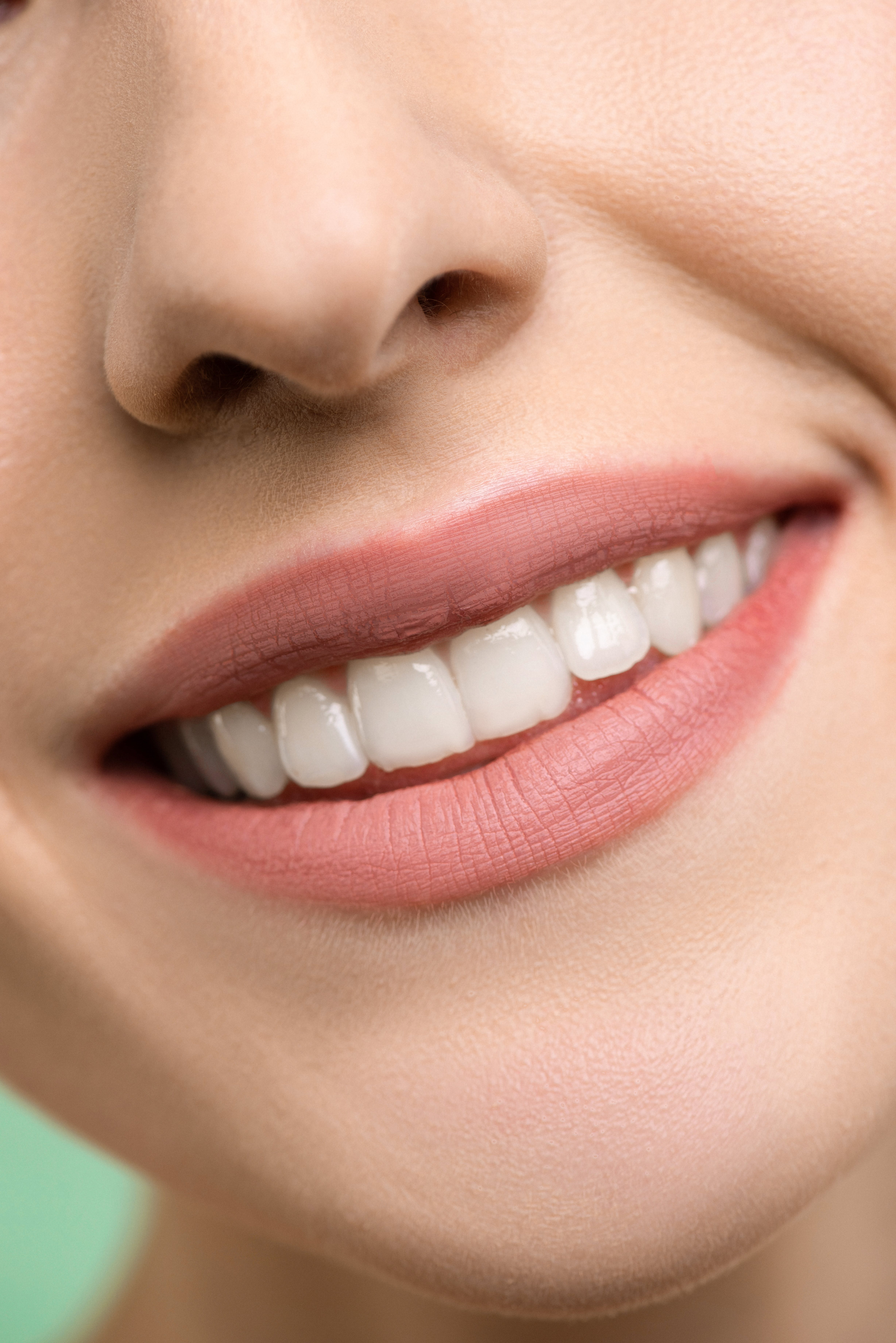Dental Veneers are very thin shells custom made of tooth-colored material. The shells can be made of porcelain or composite material. Dental veneers can fix several dental cosmetic issues, from discoloration to breakage, placement, size, and other problems.
Since its application will last long (from 6 to 15 years) it can be reversible in some cases, it is a painless process. But the use of local anesthetics can help with any discomfort.
This article explains everything about dental veneers that you should know before going for this treatment. Let us first understand what exactly these veneers are.
What are Dental Veneers?
Dental Veneers are also famous as Porcelain Veneers and Dental Porcelain Laminates. They are thin shells that settle on the front surface of teeth and make teeth appear fresh, vibrant, and white. These shells change the shape, color, size, and length of teeth. Their bond with your teeth is on a permanent basis.
You can get any number of veneers from one to 24. Most of the candidates get 10 top veneers or 20 for 10 top and 10 bottom veneers. The front ten teeth are mostly the main concern of people because they are the most shown ones.
Types of Dental Veneer
The most commonly used materials in the making of these shells are porcelain and composite resin because they are materials that can be etched and guarantee a long lasting bonding. Veneers need long and extensive preparation work. However, the No-Prep Veneers require no pre-work and are applied by a unique technique, but they can not be used in all cases.
Applying the dental veneers most commonly starts with taking pictures and making a 2D planning, followed by scanning of your mouth and a 3D planning. In most cases, a minimum shave of around 0.3 millimeters of the enamel structure should be done in the tooth where veneers are going to be bonded (ideally veneers should be bonded on the enamel structure). Sometimes, in cases where there are overlapping teeth shaving needs to be more aggressive. However, tooth reduction is not mandatory if the teeth involved in the process are straight and aligned.
1- Porcelain Veneers
The process of Porcelain Veneers involves more appointments than composite ones, creating a digital impression for the 3D mold, and designing on a computer the restorations, getting porcelain veneer made in the lab using the mold. This is the process that most dentists follow.
Before applying the shells, your dentist will prepare your teeth for the cementing of the veneers. It is common to cover the teeth with temporary veneers until the permanent veneers are delivered from the lab.
Before ordering the final porcelain veneers, dentists create a design of the veneers using CAD/CAM technology. The digital picture makes it easier to decide on the final product.
2- Composite Resin Veneers
The application of composite resin veneers can be done in two appointments, one where we make a digital scanning of your mouth so we can make a digital waxing and thus taking a matrix of that wax up for achieving the desired length and shape of each veneer. These veneers can be done directly in the mouth or indirectly (like porcelain veneers) where we make them in the lab and cement them in your mouth. These shells are thin layers of composite material.
The number of layers required to be placed on the tooth depends on the desired look. The final steps involve hardening / curving the veneer with a light.
Teeth preparation:
| Reduction | Facial | Enamel remaining |
| Cl-I
No prep or practically Prep-less |
Detectable with magnification, with or without gingival finish line | 95% to 100% |
| CL-II
Modified Prep-less or Minimally Invasive |
Up to 0.5 mm | 80% to 95% |
| CL-III
Conservative Design |
0.5 mm to 1 mm | 50% to 80% |
| CL-IV
Conventional All-Ceramic Design |
1+mm | <50% |
*Table taken from Brian LeSage, DDS. Establishing a Classification System and Criteria for Veneer Preparations. Continuing Education 2. Page 110
Which Type of Veneer is the Best?
Many factors should be influencing your decision of what veneers you should be getting. Cost is the most important one. Plus, consider if you are available to dedicate the required installment process time. The desired appearance of your teeth and the longevity of the veneers are also essential factors to consider.
Composite veneers can last 5 – 7 years
Porcelain veneers can last 12 – 15 years
Your dentist’s recommendations play an important role in the whole process. Always be flexible with the suggestions of your doctor, even if it involves changing your decisions.
Porcelain Veneers Versus Resin-Based Veneers
Porcelain veneers are more expensive than resin-based veneers because they have more benefits. Resin-based Veneers mostly need one or two appointments. When they are done in a direct way, molding 10 veneers can have a duration of 4 hours, while porcelain veneers require more than one seating. Porcelain Veneers are strong, can be whiter, don’t stain, are brighter, can look more natural, and last longer than resin veneers.
Problems that Dental Veneers Fix
Dental Veneers Implants can fix the discoloration of teeth caused by stains of drugs, excessive fluoride, excessive resin fillings, root canal treatment, and others.
If there are excessive gaps between teeth, they can correct them too.
Worn down, broken, chipped, misaligned, irregular, unshapely, and uneven teeth are all curable with these shells.
Benefits of Dental Veneer
Here are a few of the benefits that Dental Veneers offer.
- They improve the appearance of your teeth.
- Porcelain veneers are resistant to stains and discoloration.
- They are permanent and do not fade in color even after years of application.
- They are strong and look natural.
- You can choose the color of the veneers as per your liking.
- Porcelain goes well with gums, causing no trouble.
Dental Veneer Aftercare
Dental veneers don’t need any special care sessions for maintenance. You must follow a strict oral hygiene practice that involves brushing twice a day, flossing, rinsing, etc.
How Much Do Dental Veneers Cost?
The expertise of the digital dentistry you choose, plus their brand name, the area you live in, and the veneer type you select, determines the cost of the dental veneers.
Dental veneers are considered cosmetic surgery, so insurance does not cover them. As per the American Dental Association, the typical cost you will have to pay can be somewhere between $900 to $25,000. However, in Colombia, we charge $3.500 for 10 porcelain veneers and $7.000 for 20 porcelain veneers.
Composite veneers here in Colombia can charge you $1.500 for 10 veneers and $3,000 for 20 veneers.
The Lifespan of Dental Veneers
Veneers last for a minimum of 5 years for composite and a maximum of 15 years for porcelain. After their lifespan is over, you need to get them replaced.
The Bottom Line!
Dental veneers can make a big difference, to a surprising extent. It can entirely change your personality, looks, and facial features. You can have finely shaped and brightly colored teeth and get rid of the chipped, crooked, and cracked teeth. The biggest benefit is that your smile will be a charmer and prettier.
Unlike the popular opinion, dental veneers are not expensive. They are an investment in your self-confidence and self-esteem. You will be a different person with veneers on, and it is a magical being.
If you are looking for the best dentist to appoint for your veneers in Neiva, Colombia, choose Dr. Andres Arias.





